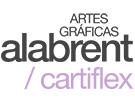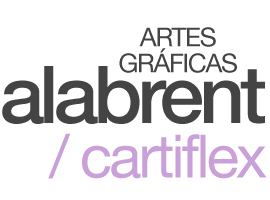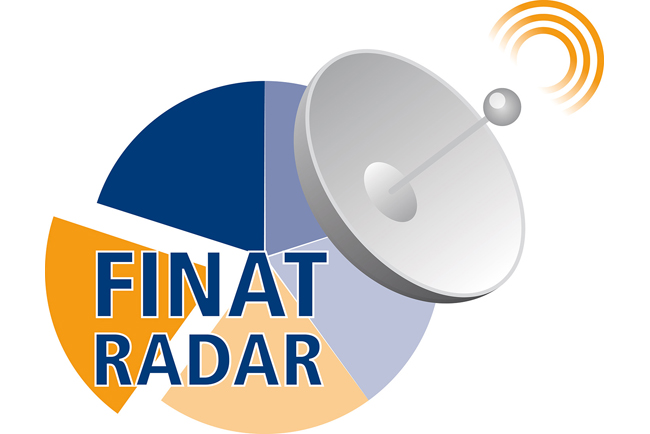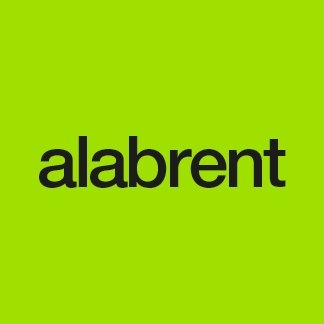Redacción Alabrent
A new definition for ‘label print’FINAT’s role as a professional association centres on narrow-web print, and that definition has expanded dramatically in recent years. Today, narrow-web label converters are adding to their repertoire, based on self-adhesive labels, other popular options – both to enhance their status with their end-user customers, and to create new business. These additional options – sleeve labels, flexible packaging, and in-mould labels – are, of course, milestones in the ongoing development of today’s packaging industry.
Digital directions
FINAT President Thomas Hagmaier adds another option highlighted by the latest FINAT RADAR: “The tremendous leaps that have been made in the digital printing arena are, of course, bringing flexibility for high-quality short-run print to the label industry too, and brand owners indicated they expect to procure 5% more digital print solutions in the coming year. This is a reflection of the trend we are seeing to reducing the size of label print runs for just-in-time delivery, increased multi-versioning, and, of course the current fashion for personalisation.”
Self-adhesive labels still lead the field
“In terms of printed label output, over two-thirds of brand owners surveyed, indicated that they would not migrate away from self-adhesive decoration to another technology in the coming year – evidence that gives us cause to believe that our self-adhesive labels are still versatile, top performers in today’s complex market, and that there is some quietening-down in the market expansion of the new technologies”, comments Mr Hagmaier. Overall, brand owners surveyed indicated their expectation that total demand for labels in 2017 would increase by over 3% – a slight decrease on 2016 expectations, but still an indicator of a strong and established business sector. Western European label converters continue to claim the largest share of the market, but over a third of brand owners indicated that they are looking at sourcing labels from other areas – mostly from Eastern Europe.
Sustainability – challenges and opportunities
Thomas Hagmaier continues: “Although the answers to questions such as purchasing behaviour, loyalty to label vendors, and sourcing projections are fairly straightforward, we have noticed that there is still considerable work for FINAT to do with the brand owners when it comes to enhancing sustainability awareness – a prime concern in the entire packaging market -- and we are deeply committed to making the self-adhesive label an environmentally-friendly option. Label release liner, used to apply self-adhesive labels, constitutes a high-value waste stream that can, and should, be very successfully re-used in recycling of papers and PET/PP film.”
Label converters are generally physically isolated from the actual label application point, where spent release liner joins the waste stream – and FINAT is actively seeking an answer to stimulate the development of practical, regular collection systems for used release liner and other label waste from brand owners and packer-fillers. Almost 50% of end users surveyed for FINAT RADAR said they are NOT aware of currently-available recycling options for label release liner, and over 66% are NOT currently engaged in recycling liner waste – primarily because of the complexity of the surrounding logistics of collection/ transport to a recycling facility. FINAT’s recent major release liner recycling fact-finding study, commissioned to market researchers AWA Alexander Watson Associates, records current practice in the ten largest EU member states in terms of waste management and recycling legislation, extant barriers to recycling, available end-of-life solutions, and an understanding of the breakdown between recycling, landfill and incineration of liner. This issue of FINAT RADAR underlines the need to educate the entire value chain about conducting economically viable spent liner recycling – an option which actually exists today.
As an in-depth, reliable portrait of current status in the label industry, FINAT RADAR is now recognised by members as a valuable complement to the association’s extensive portfolio of industry-standard technical publications and its programme of annual events, which include the top-level FINAT European Label Forum (June 7-9 2017, Berlin) and the FINAT Young Managers Club Congress 2017 (22-24 March 2017, Lisbon).



